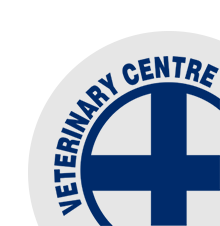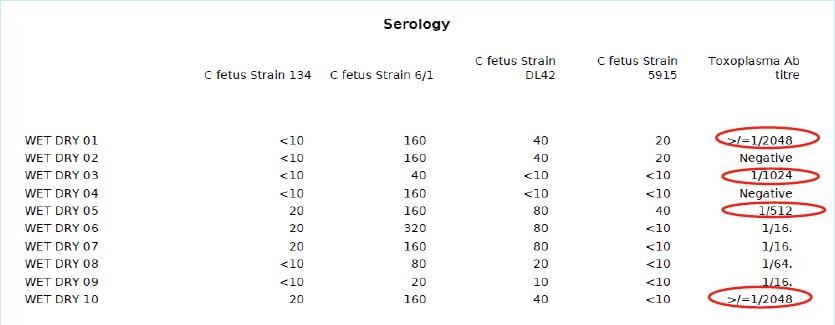A New Way to Drench Lambs
/I’ve had a couple of discussions about turning lambs out on to dirty pasture for 2-3 days before shifting onto clean crop or re-seeds etc. Whilst this remains good advice with regards to delaying drench resistance, some farms will be unable to put this into practice for legitimate reasons (big distance between dirty/clean paddocks, no need to shift mob twice etc.) Drenched lambs will leave behind them only worm eggs resistant to the drench used, so when turned onto “clean” pasture, the paddock will build up a population of resistant worms. A technique known as Targeted Selective Treatment (TST) is a means of reducing this risk associated with “drench and move.”
What is Targeted Selective Treatment (TST)?
TST is a drenching strategy. It requires identification of the lambs still achieving good growth even though they’re due to be drenched (ie. identifies the most worm resilient lambs), simply by weighing them and working out a growth rate. Hopefully 10% of the mob can be left undrenched, whilst the rest are drenched as normal. This allows non-resistant worm eggs to be carried on to the new pasture, whilst maintaining production.
How is it implemented?
Usually TST requires an automated calculation of average daily weight gain, with electronic weigh cells and an EID tag. Animals at or above the TST growth rate target are drafted out and left un-drenched. The remaining lambs are drenched as normal before moving to clean paddocks.
How do we calculate the desired weight gain?
The most practical method would be to weigh roughly 70 lambs, calculate the Average Daily Gain (ADG), then sort the rest of the mob according to this figure. Some farms might already know their target lamb growth rates and decide to use these, however the actual growth rate will fluctuate from month to month according to feed, weather etc., so would be best recalculated. You will know quite early on in the day if the figure needs changed – e.g. if the first 20 lambs in the mob are not to be drenched, the weight target is probably too low.
What are the benefits?
The single biggest benefit is that it will prolong the useful life of drenches on your farm. You may also be able to identify your most worm resilient hoggets to keep as replacements. Reduction of drench use/costs will also bring a modest saving.
What are the downsides?
Set up costs for weigh cells/tags, and the additional time required to weigh/sort the mob are considerations – these may however already be in place for ewe lambs in some stud flocks. The technique is unlikely to be appropriate for; Merino’s due to their worm susceptibility and; times of year when larval burdens on pasture are particularly high (Autumn). However, TST is a practical tool to prolong the life of our remaining drench actives, whilst genetics for worm resilience are brought up to the task.










